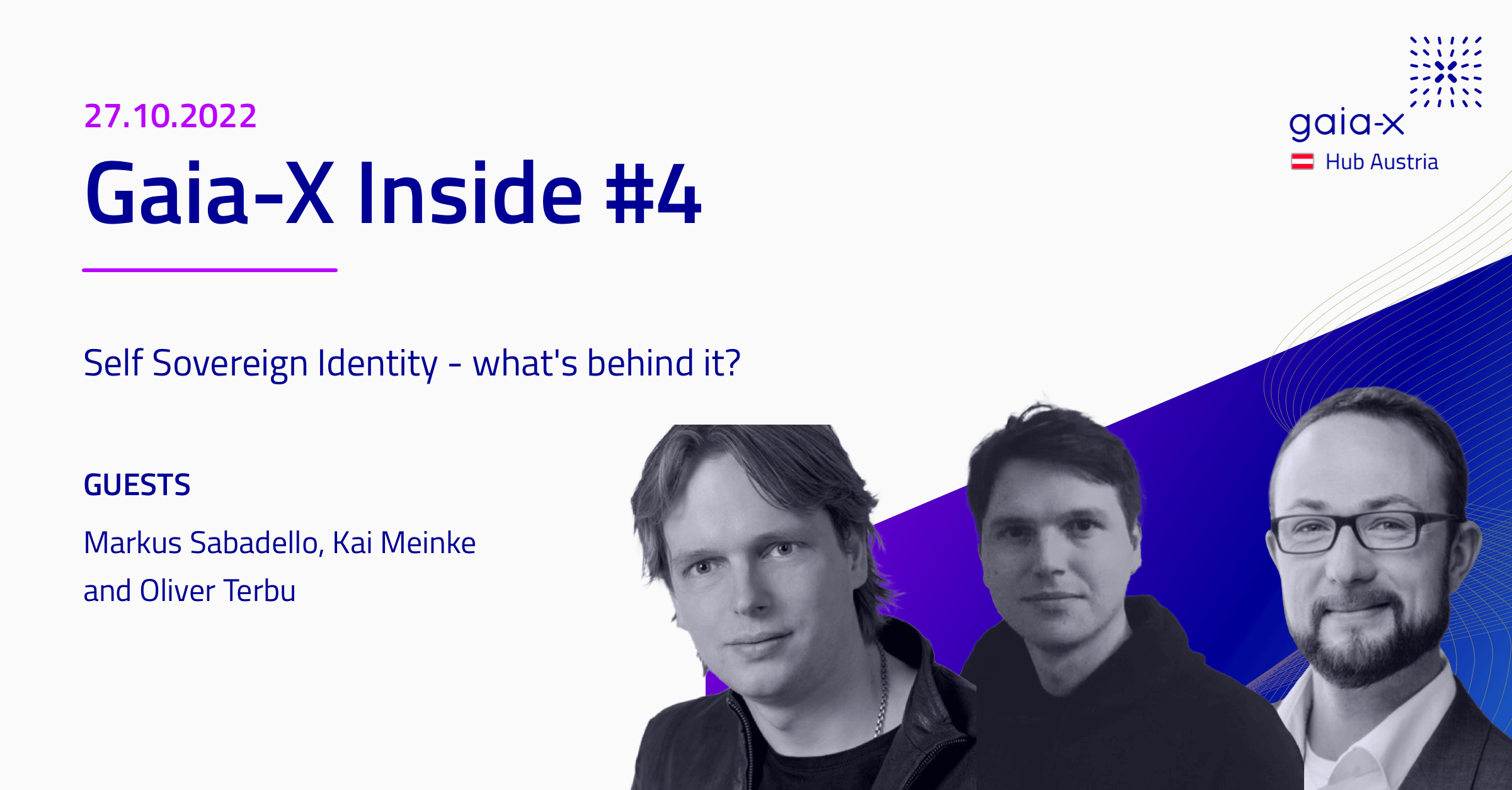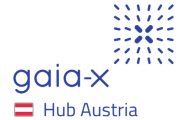
Self Sovereign Identity – what’s behind it?
Self Sovereign Identity (SSI) promises to deliver the layer of trust missing on the internet. It is an innovative concept for implementing decentralised identities (DIDs) and associated attributes, which has achieved media presence in recent years through its promise to create digital sovereignty. Gaia-X Federation Services and the Gaia-X Trust Framework have adopted concepts from SSI. Gaia-X uses the concepts of SSI in its trust framework to establish trust in people and organisations, as well as things, data and services.
Markus Sabadello (Danube Tech, Co-Editor of the W3C specifications for DIDs, Member of the Steering Committee of the Decentralized Identity Foundation), Oliver Terbu (Director Identity Standards at Spruce Systems Inc., Contributor of the Decentralized Identity Foundation) and Kai Meinke (Co-Founder deltaDAO AG) took a closer look at SSI at Inside Gaia-X #4.
Scaling trust
Establishing trust between individuals or organisations already works with existing methods. However, trust between many and mutually unknown persons or organisations, i.e. the “scaling of trust”, is a challenge that has not been solved satisfactorily so far.
In the Gaia-X Trust Framework, the Gaia-X Association defines DIDs and VCs for the self-description of natural and legal persons, things and digital services. Decentralised Identifiers and Verifiable Credentials, as well as the Self Sovereign Identity model, provide a fundamental contribution to the necessary trust in the Gaia-X universe.
Decentralized Identifiers
Decentralised Identifiers (DIDs), are “Uniform Resource Identifiers”, a new type of addresses on the internet. Their special feature is their independence from central organisations, their persistence and their technology neutrality. DIDs describe metadata of the resource to be identified in the associated DID documents. The syntax of the DIDs defines an arbitrary method with which DID documents can be read. This method can be based on blockchain technology or on traditional technologies such as databases or web servers. DIDs are standardised by the W3C, the “World Wide Web Consortium”, and are gaining increasing support from the IT industry.
Verifiable Credentials
The syntax of Verifiable Credentials (VCs) is also standardised by the W3C. They are a data model to digitally represent information such as descriptions, ID cards, certificates, etc. in machine-readable form. This information is digitally signed by the issuer of the information. If this information is needed, it can be determined who issued it, that it is unchanged and which identity it describes. The verification is independent of the issuer and decentralised, a fundamental requirement of “Privacy by Design”.


